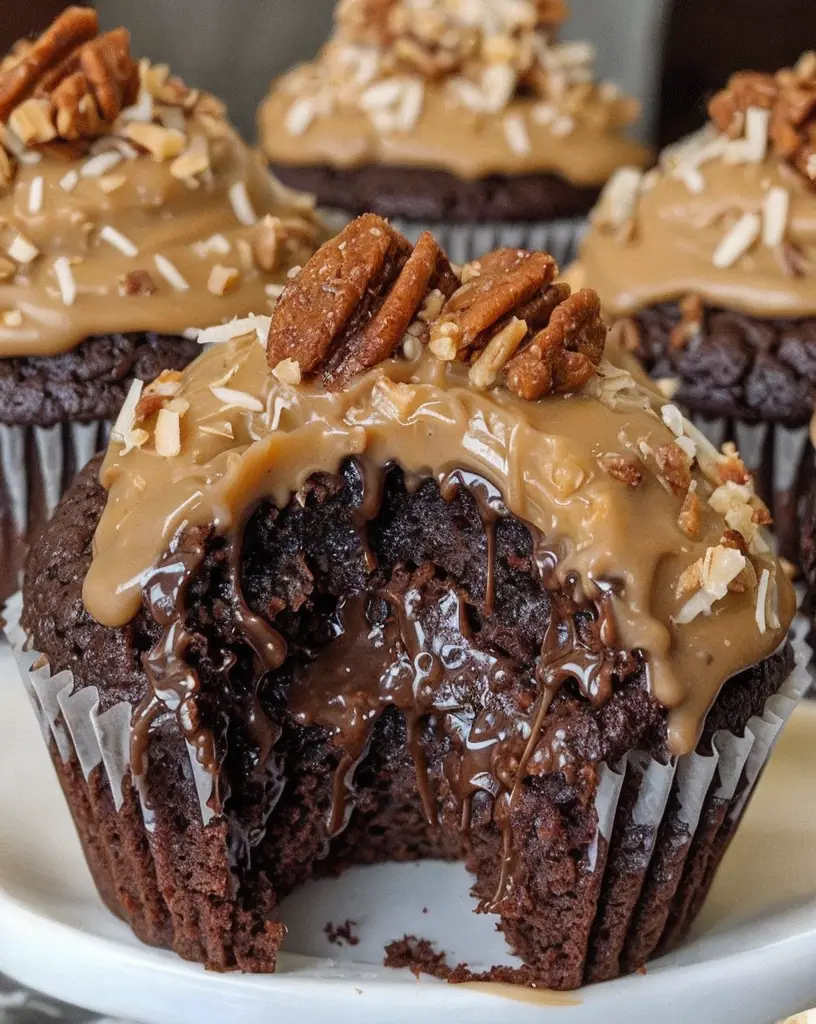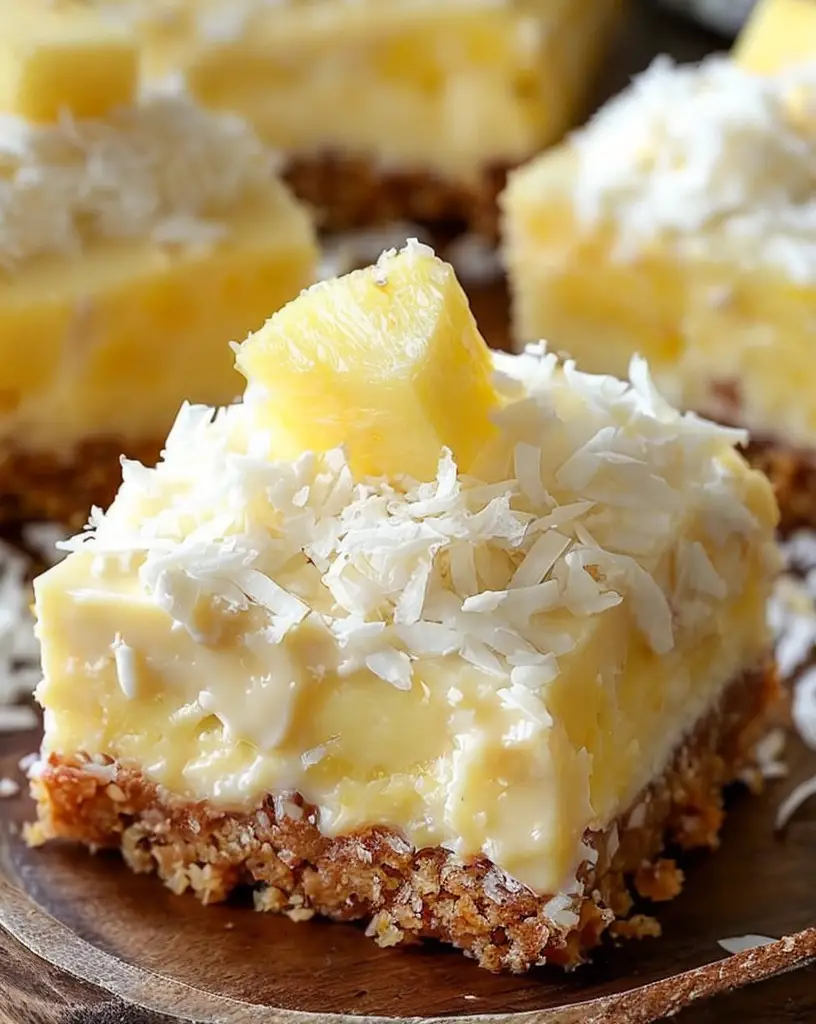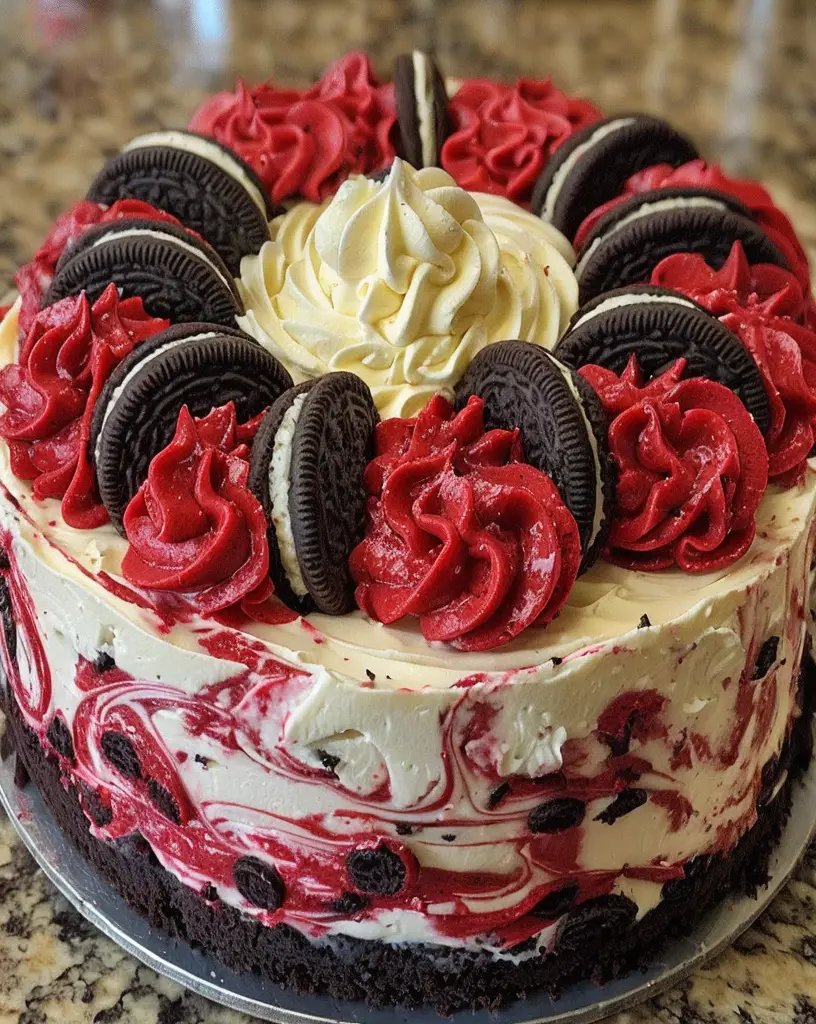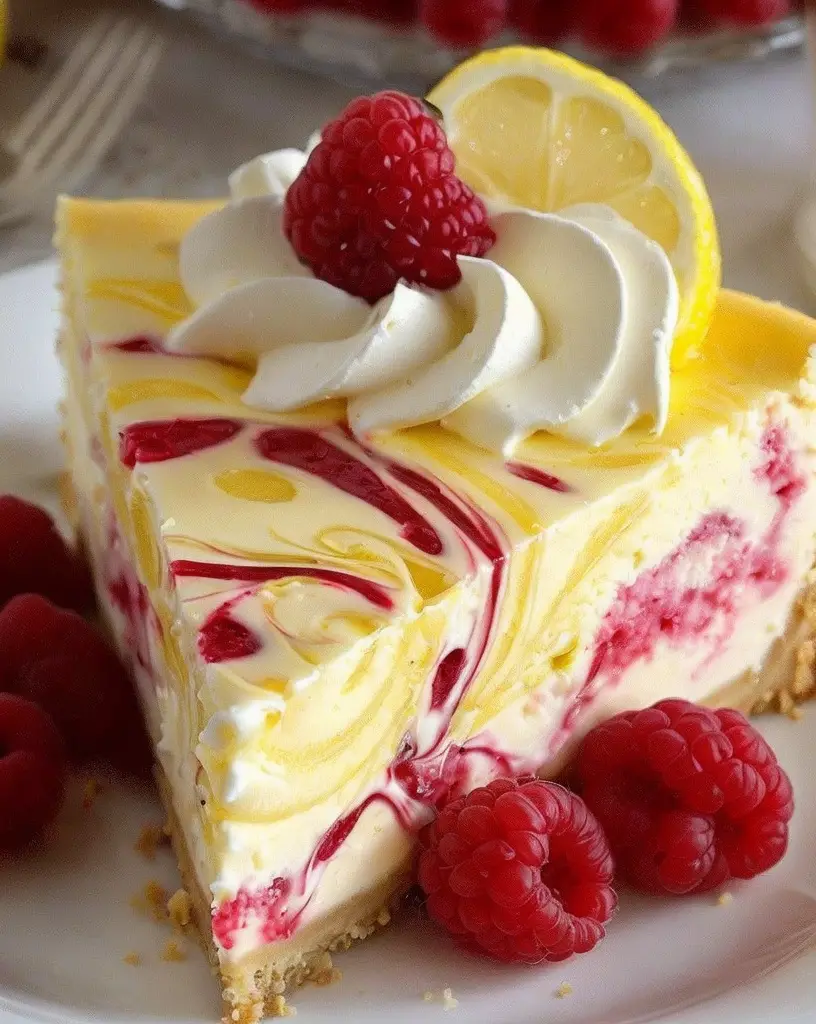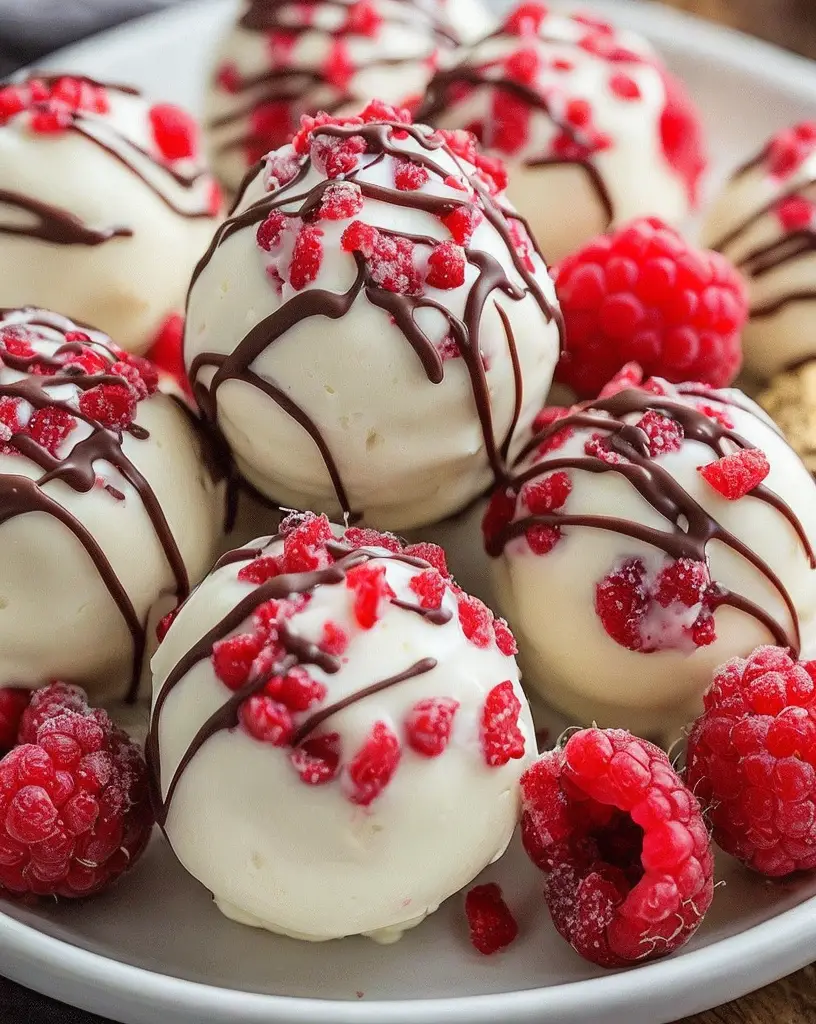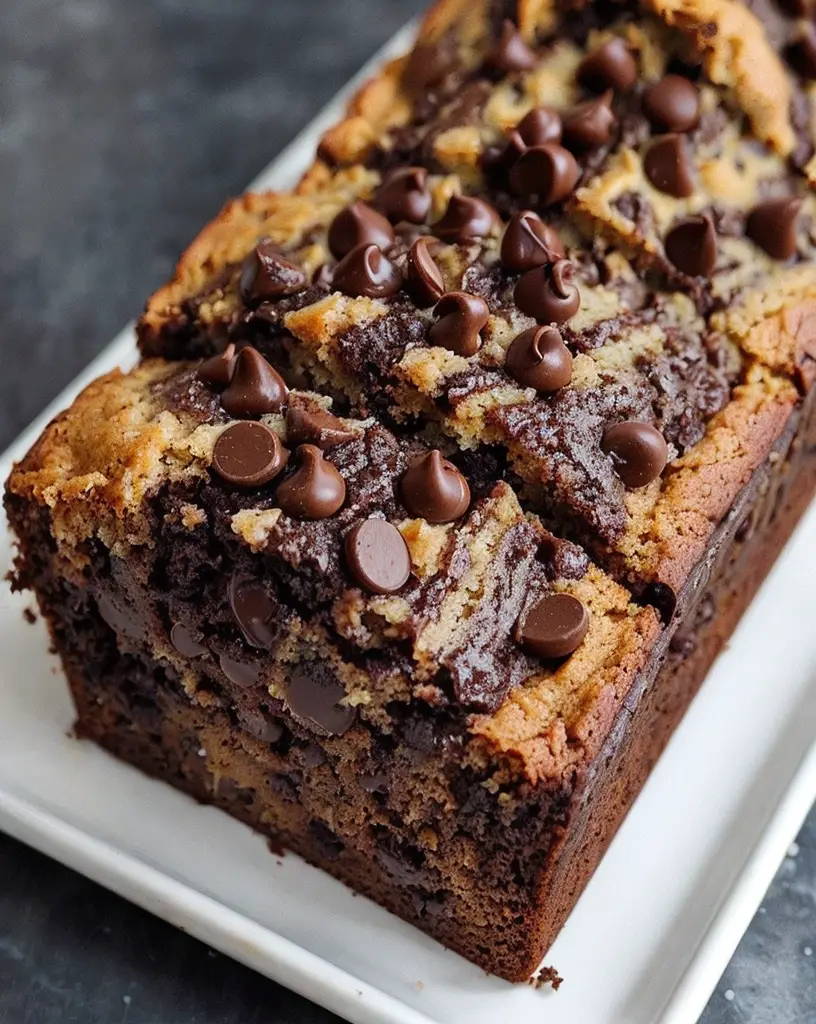Luxurious German Chocolate Poke Cake: A Decadent Indulgence
German Chocolate Poke Cake is the perfect dessert for any occasion—immensely rich, sinfully chocolatey, and absolutely delightful. With layers of moist chocolate cake filled with a creamy coconut pecan frosting, this cake dazzles both the eyes and the taste buds. The technique of poking holes into the cake allows the sweet milk and frosting to seep deep inside, ensuring each luscious bite is bursting with flavor.
The contrast of the silky chocolate cake and the crunchy pecans, paired with the sweet, rich coconut, creates an incredible flavor profile that is sure to please any chocolate lover. This cake not only satisfies the sweet tooth but also serves as a showstopper at gatherings, making it an ideal centerpiece for birthdays, anniversaries, and holiday feasts.
Quick Recipe Highlights
- Flavor Profile: This poke cake features a harmonious blend of rich chocolate cake paired with a sweet coconut-pecan frosting, creating a delightful sweetness balanced by nuttiness.
- Texture: The cake is incredibly moist, while the frosting adds a velvety creaminess punctuated by the crunch of pecans.
- Aroma: The aromatic notes of toasted coconut and chocolate waft through the air, inviting everyone to take a bite.
- Visual Appeal: The cake is visually stunning, with a glossy frosting contrasting beautifully against the deep chocolate tones, garnished with coconut and pecans.
- Skill Level Needed: Ideal for beginners, this recipe is easy to follow with minimal techniques required.
- Special Equipment: A standard baking dish and a simple mixing bowl are all you need to whip up this delicious dessert.
Recipe Overview
- Difficulty Level: This recipe is easy to execute, making it perfect for both novice and experienced bakers. The step-by-step instructions guide you through the process with confidence.
- Category: This luxurious dessert fits perfectly in the cake category, ideal for celebrations or as a weekend treat.
- Cuisine: Influenced by German traditions, this cake showcases the love for rich ingredients, particularly chocolate and coconut, which are central to German chocolate cake recipes.
- Cost: The ingredients for this recipe are reasonably priced, making it accessible for home cooks without breaking the bank.
- Season: This cake is perfect for any time of the year, especially during festive seasons when indulgence is celebrated.
- Occasion: Perfect for birthday parties, family gatherings, or potlucks, the German Chocolate Poke Cake brings joy to any occasion.
Why You’ll Love This Recipe
German Chocolate Poke Cake offers an exceptional balance of taste and texture. The rich chocolate flavor combined with the creamy and sweet coconut topping tantalizes the taste buds. Each bite melts in your mouth, delivering a harmony of sweetness and nuttiness. It’s a dessert for the senses that will leave you wanting more.
The convenience of this poke cake lies in its simplicity and minimal preparation time. It requires just a handful of ingredients and can be made ahead of time, giving you more time to enjoy your event or special occasion. With easy step-by-step instructions, even beginner cooks can replicate this cake with success.
Nutritionally, the ingredients like coconut and nuts offer health benefits, including healthy fats and proteins. While this cake is indulgent, it does provide some nutrients compared to other overly sweet options.
When it comes to social gatherings, this cake shines. The irresistible aroma wafting through the home creates an inviting atmosphere. It acts as a conversation starter, and its visual appeal makes it an exciting treat to share with friends and family.
Additionally, the affordability of this recipe makes it accessible to everyone. Utilizing common pantry items and easily found ingredients means that anyone can bask in the luxurious delight of a homemade German Chocolate Poke Cake.
Historical Background and Cultural Significance
The German Chocolate Poke Cake finds its roots in traditional German chocolate cakes, which were not even originating from Germany but rather named after an American named Samuel German, who developed a dark-baking chocolate for the Baker’s Chocolate Company in 1852. Over time, this chocolate became especially popular in dessert recipes.
Culturally, the connection to German chocolate cake represents rich culinary traditions; the love for chocolate and pecans originated in the southern regions of the United States where pecans flourished. These ingredients highlight regional influences, making the cake a beloved choice across America.
This poke cake has evolved from the classic layered cakes, incorporating the poke cake method that became popular in the mid-20th century. The idea of using holes to infuse flavors into a cake adds a unique twist to the original recipes, showcasing creativity in baking.
Regional variations of this recipe have emerged, with some opting to use different frostings or flavors, but the classic combination of chocolate, coconut, and pecans remains the most celebrated.
Ingredient Deep Dive
Chocolate is an essential ingredient in the German Chocolate Poke Cake, offering rich flavor and moisture. Its cultural significance is tied to the history of chocolate making and culinary traditions. Nutritionally, chocolate provides antioxidants and can promote heart health. When selecting chocolate for baking, look for high-quality dark chocolate with a minimum of 60% cocoa for the best flavor. Store it in a cool, dry place for optimal shelf life, and for substitutions, cocoa powder can work well in a pinch.
Coconut is another star player in this recipe. Its sweetness and chewy texture complement the chocolate beautifully. Culturally, coconut is often associated with tropical regions; it adds a unique flavor profile to various desserts. Nutritional benefits include fiber and healthy fats, supporting digestive health. Select unsweetened shredded coconut for the best flavor. Proper storage in an airtight container keeps coconut fresh, while sweetened varieties can be substituted according to taste preferences.
Pecans provide a delightful crunch that rounds out the flavor profile of this cake. They hold cultural significance in Southern cooking, often used in pies and candies. Nutritionally, pecans are rich in healthy fats and vitamins. When buying pecans, choose those that are unbroken and smell fresh. They should be stored in a cool, dark place to prevent rancidity, and you can substitute with walnuts or almonds if desired.
Common Mistakes to Avoid
- Overmixing the batter: This can lead to a tough cake. Mix just until the dry ingredients are moistened.
- Not allowing the cake to cool properly: Rushing this step can cause the cake to fall apart when poking holes. Let it cool for at least 30 minutes.
- Using warm frosting: Ensure your frosting is cool and begins to thicken before applying it on the cake to maximize flavor infusion.
- Improper measuring: Use a kitchen scale for more accurate measurements, especially for dry ingredients.
- Skipping the chilling time: Allow the cake to sit in the fridge for several hours after frosting to set the flavors.
- Using low-quality chocolate: Quality chocolate significantly impacts the flavor. Always opt for good-quality chocolate for the best results.
- Not poking enough holes: A few gentle pokes won’t extract the full flavor; ensure to distribute holes evenly across the cake.
- Forgetting to adjust baking time for different oven types: Oven temperatures can vary, so always check for doneness with a toothpick.
- Using sweetened coconut instead of unsweetened: This can make the frosting overly sweet and alter the flavor balance.
- Neglecting to rotate the pan while baking: This helps achieve even cooking, especially in ovens with hot spots.
Essential Techniques
When baking a poke cake, understanding the poke method is essential. This technique infuses flavors deeply into the cake, enhancing taste. To master this, use the handle of a wooden spoon or a fork to create evenly spaced holes across the entire cake while it’s still warm. Avoid pushing too hard to maintain the cake’s structure.
Making the frosting is another critical technique. To achieve a creamy texture, start with softened butter and cream it until fluffy, gradually adding other ingredients. Mixing pleasantly results in a smooth icing that blends well with the cake. Keep an eye on consistency; it should be spreadable but not runny.
Pro Tips for Perfect Luxurious German Chocolate Poke Cake
– Always ensure your ingredients are at room temperature for a smoother batter, leading to a more even baking result.
– Consider using buttermilk instead of regular milk for a softer crumb and richer flavor.
– For an extra touch, lightly toast the pecans before adding them to the frosting; this enhances their flavor considerably.
– Refrigerate the cake overnight for the best infusion of flavors from the frosting into the cake.
– Save some pecans and coconut for garnish after frosting the cake; it makes for a stunning presentation.
– Keep a close eye on the baking time, as ovens can vary greatly; a toothpick should come out clean when inserted in the center.
– Explore flavored extracts like almond or vanilla for an added depth to your frosting.
– Use a spatula to spread frosting onto the sides of the cake for a professional finish with an even coating.
Variations and Adaptations
For a regional variation, consider infusing coffee flavor into the cake batter. Coffee complements the chocolate beautifully and adds a depth of flavor. You can also try incorporating almond flavoring or different nuts, such as walnuts or hazelnuts, into the frosting for a unique twist.
Seasonal adaptations might involve adding pumpkin spice or apple-cinnamon flavors in the fall, creating a delightful autumn-themed cake that incorporates seasonal fruits.
Dietary modifications could include using gluten-free flour for those with gluten sensitivities or replacing eggs with flaxseed meal for a vegan version while maintaining the cake’s texture and flavor profile.
When it comes to flavor variations, experiment with different types of chocolate—dark, semi-sweet, or even white chocolate could bring new life to this classic poke cake recipe.
For texture modifications, consider adding a layer of crunchy cookie crumbs to the cake to provide an unexpected pop and a delightful contrast.
Finally, presentation alternatives like serving in individual cups or jars can make this cake a boutique dessert for events, allowing for a more personalized experience for each guest.
Serving and Presentation Guide
To enhance the presentation of your German Chocolate Poke Cake, consider using a cake stand to elevate the dessert and attract attention at the table. When plating, slice the cake into even portions to ensure each piece showcases the beautiful layers of chocolate, coconut, and pecans.
Garnishing with extra toasted coconut and pecan pieces on top will make the cake visually stunning. You can also drizzle some chocolate sauce over the top for an added layer of decadence.
Traditional accompaniments could include a scoop of vanilla ice cream alongside each slice, bringing a creamy balance to the rich flavors of the cake.
For a modern serving suggestion, consider presenting the cake on a marble board, emphasizing a rustic yet elegant aesthetic. Serving the cake slightly chilled can enhance the flavors and provide a refreshing element.
Lastly, practicing portion control is important, especially with such rich desserts; a standard slice is often enough to satisfy a sweet tooth while leaving room for other treats.
Wine and Beverage Pairing
When it comes to wine pairings, a rich Merlot complements the deep chocolate flavors in the cake, enhancing the overall tasting experience. Alternatively, a sweet port wine can also match the sweetness and provide a delightful contrast.
For non-alcoholic options, a rich iced coffee or chocolate milk can serve as a perfect accompaniment, providing a refreshing lift to balance the sweetness of the cake.
If you enjoy a warm beverage, pairing your cake with a cup of freshly brewed chai tea can bring warmth and spice that contrasts beautifully with the cake’s sweet profile.
Always remember to serve these beverages warm or chilled according to their nature; this attention will elevate the entire dining experience with your luxurious German Chocolate Poke Cake.
Storage and Shelf Life
Proper storage is key to maintaining the freshness of your German Chocolate Poke Cake. It can be covered and stored in the refrigerator for up to 5 days. Keep it in an airtight container to prevent it from absorbing other odors in the fridge.
For longer storage, consider freezing the cake. Slice it before freezing for easy servings later; wrap pieces tightly in plastic wrap, then in aluminum foil to maintain freshness. When stored properly, frozen cake can last up to 2 months.
Signs of spoilage to watch out for include an off smell or visible mold growth. When reheating, it’s best to let the slices come to room temperature before warming them slightly in the microwave for 10-15 seconds.
Make Ahead Strategies
To streamline preparation, you can make this poke cake a day in advance. Bake the cake, allow it to cool, and then prepare the frosting to apply right before serving. This ensures that the flavors meld perfectly overnight.
If you plan on making the frosting ahead of time, store it in the refrigerator, and remember to bring it back to room temperature before spreading on the cake for a smooth finish.
Assemble the cake just before your event for the freshest taste. This is particularly important if you’re adding any garnishes like toasted coconut, as they can become soggy if added too early.
To maintain quality, avoid separating layers for more than a day, especially after applying the frosting—keeping everything together helps the cake retain its moisture and flavors.
Scaling Instructions
Scaling your German Chocolate Poke Cake is easy! For halving the recipe, simply divide each ingredient by two, but keep an eye on baking time, as it may decrease slightly.
If doubling or tripling the recipe, ensure that you have a sufficiently large baking dish to accommodate the extra volume. It’s best to bake in batches rather than overloading a single pan, which can lead to uneven cooking.
Timing adjustments are also crucial. Increasing the batch size may require more baking time, so always use a toothpick to test doneness regardless of the recipe quantity.
Additionally, if storing larger portions, ensure that your fridge or freezer can accommodate the expanded batches without overcrowding.
Nutritional Deep Dive
The German Chocolate Poke Cake contains macronutrients, primarily enriched with carbohydrates from the flour and sugars, proteins from the eggs and pecans, and fats sourced from the butter and coconut. This combination makes it a calorie-dense treat.
From a micronutrient perspective, the cake provides several vitamins and minerals, particularly vitamin E from pecans and essential minerals from cocoa. The inclusion of coconut also adds dietary fiber, promoting digestive health.
When considering its health benefits, moderation is essential. The cake can fit into a balanced diet if enjoyed as an occasional treat rather than a daily indulgence. Proper portioning helps enjoy the flavors without exceeding daily caloric limits.
Weight management tips include balancing slices of cake with nutritious meals throughout the day to accommodate occasional indulgence, as well as incorporating physical activity into your routine to offset calorie intake.
Dietary Adaptations
For a gluten-free version, substitute all-purpose flour with a gluten-free blend, ensuring it’s formulated for baking. This allows you to maintain the cake’s structure without compromising flavor.
To make the cake dairy-free, replace butter with coconut oil or vegan margarine and use almond or oat milk instead of regular milk. Ensure the chocolate is dairy-free as well to keep it suitable for vegans.
If you’re following a low-carb or keto diet, opt for almond flour instead of regular flour, and use low- or sugar-free sweeteners to substitute the sugar present in the recipe.
Paleo enthusiasts can make the cake by using coconut flour and honey instead of traditional sugar, promoting natural ingredients while retaining the dessert’s original flavor profile.
Exploring low-FODMAP ingredients can create a suitable version for those with sensitivities by sticking to gluten-free measures and avoiding high-FODMAP syrups in the frosting.
Troubleshooting Guide
Texture issues may arise when the cake is overbaked or too dry, resulting in a crumbly consistency. Always check with a toothpick for doneness, and if overbaked, try drenching the cake with a milk soak to revive moisture.
Flavor balance might lean too sweet or too bland if the right balance of sugars and chocolate is not obtained. Tasting the batter before baking can help you assess sweetness levels, allowing you to adjust accordingly.
If temperature problems occur, such as the cake not baking evenly, verify your oven’s accuracy with a thermometer and rotate the cake halfway through baking for uniform heat distribution.
Equipment challenges, like using a non-stick pan, can sometimes lead to sticking issues. To prevent this, use parchment paper and baking spray to ensure easy removal.
Ingredient substitutions should always be proportionally equal; using different types of flour or sweeteners can drastically change the final product if incorrect measurements are used.
Timing concerns can affect the outcome, especially if cakes are not cooled properly before poking holes. Make sure cooling times are respected to allow the cake to set correctly.
Recipe Success Stories
Community feedback has been overwhelmingly positive, with many praising the easy-to-follow instructions that lead to delectable results. Readers often share how they personalized their cakes, demonstrating creativity and encouraging others to do the same.
Variations such as adding espresso to the cake batter or experimenting with different frostings showcase the recipe’s versatility. Other bakers share how they’ve used this cake as a base for further dessert experiments, leading to exciting outcomes.
Adaptation stories highlight how those with dietary restrictions successfully altered ingredients and created variations of the original recipe without sacrificing flavor, inspiring a broader audience to try their hand at baking.
Photography tips shared by readers emphasize the importance of natural light when capturing the beauty of the cake, encouraging others to take their time to get that perfect shot for social media.
Frequently Asked Questions
What can I use instead of pecans? If you don’t have pecans on hand, walnuts or almonds make great alternatives. You can also omit nuts entirely for a nut-free version.
How can I store leftovers? Store any leftover cake in an airtight container in the refrigerator for up to five days, or freeze for up to two months wrapped tightly in plastic wrap.
Is it possible to make this cake vegan? Yes, you can substitute eggs with flaxseed meal mixed with water, and use dairy-free chocolate and alternative milk to ensure it’s vegan-friendly.
Can I freeze the cake? Yes! Freeze slices wrapped tightly in plastic wrap and foil; it will keep for about two months without loss of quality.
Can I use boxed cake mix for this recipe? Absolutely! You can simplify this by using a chocolate cake mix, and follow the poke method as instructed.
How do I know when the cake is done? A toothpick inserted into the center should come out clean, signaling that the cake is fully baked.
Can I add fruit to the recipe? Incorporating fruits like bananas or raspberries as layers would introduce pleasant acidity that balances the sweetness of the chocolate cake.
What should I do if I mistakenly overbake the cake? If your cake turns out dry, consider drenching it in a simple syrup to add back moisture and enhance flavor.
What is the best way to serve the cake? Serve slices chilled with a dollop of whipped cream or a scoop of vanilla ice cream for the perfect dessert experience.
Additional Resources
To further enhance your baking skills, consider exploring related recipes like classic chocolate cake or coconut cream pie, which share similar traits to the German Chocolate Poke Cake.
Finding technique guides for baking fundamentals can help develop your cooking expertise while providing beneficial insights for cake making, such as creaming techniques and proper mixing methods.
For ingredient information, consulting resources related to chocolate and coconut can deepen your understanding of these crucial ingredients used within this recipe, their origins, and how to select the best available options.
Equipment recommendations can also be valuable—investing in a good quality baking pan and mixing tools will make baking a breeze and enhance your overall results.
Lastly, experimenting with seasonal variations presents an excellent opportunity to introduce new flavors, like pumpkin or peppermint, that could contribute unique touches to this classic recipe.
Join the Conversation
Engage with others who share your passion for baking by sharing your experiences on social media. Post your cake photos and encourage feedback from your community to foster connection.
Photographing your cake is essential; focus on natural lighting to capture the luscious textures and vibrant colors. Don’t forget to tag us with your creations to inspire others to try this delightful recipe.
Reviews and suggestions from fellow bakers contribute to a strong community, promoting discussions on variations or techniques that further enrich the baking experience.
Lastly, invite your friends and family to share their favorite adaptations and personal twists on this recipe, creating a collaborative environment where everyone can enjoy delicious results.
The Recipe
Luxurious German Chocolate Poke Cake
Serves: 12
Prep Time: 20 mins
Cook Time: 30 mins
Total Time: 50 mins
Kitchen Equipment Needed
- 9×13 inch baking pan
- Mixing bowls
- Electric mixer
- Measuring cups and spoons
- Toothpick
Ingredients
- 1 box chocolate cake mix (plus ingredients specified on the box)
- 1 can sweetened condensed milk
- 1 cup shredded coconut
- 1 cup chopped pecans
- 1 cup heavy cream
- 1/2 cup cocoa powder
- 1/2 cup powdered sugar
- 1 teaspoon vanilla extract
Directions
- Preheat your oven according to the instructions on the cake mix box.
- Grease the baking pan and prepare the chocolate cake batter according to package instructions.
- Bake the cake until a toothpick comes out clean, and allow it to cool for about 30 minutes.
- Use a fork or a skewer to poke holes all over the surface of the cooled cake.
- For the filling, mix the sweetened condensed milk with cocoa powder in a bowl.
- Pour the mixture carefully over the poked cake, allowing it to seep into the holes.
- In a separate bowl, whip the heavy cream with powdered sugar and vanilla until soft peaks form.
- Fold in the shredded coconut and chopped pecans into the whipped cream mixture.
- Spread the coconut-pecan mixture over the top of the cake, covering it evenly.
- Chill the cake for at least 2 hours before serving for the best flavor infusion.
Recipe Notes
- Feel free to adjust sweetness by using less or more sweetened condensed milk based on your preference.
- You can substitute the heavy cream with coconut cream for a richer coconut flavor.
- Leftovers can be stored in the refrigerator for up to 5 days.

